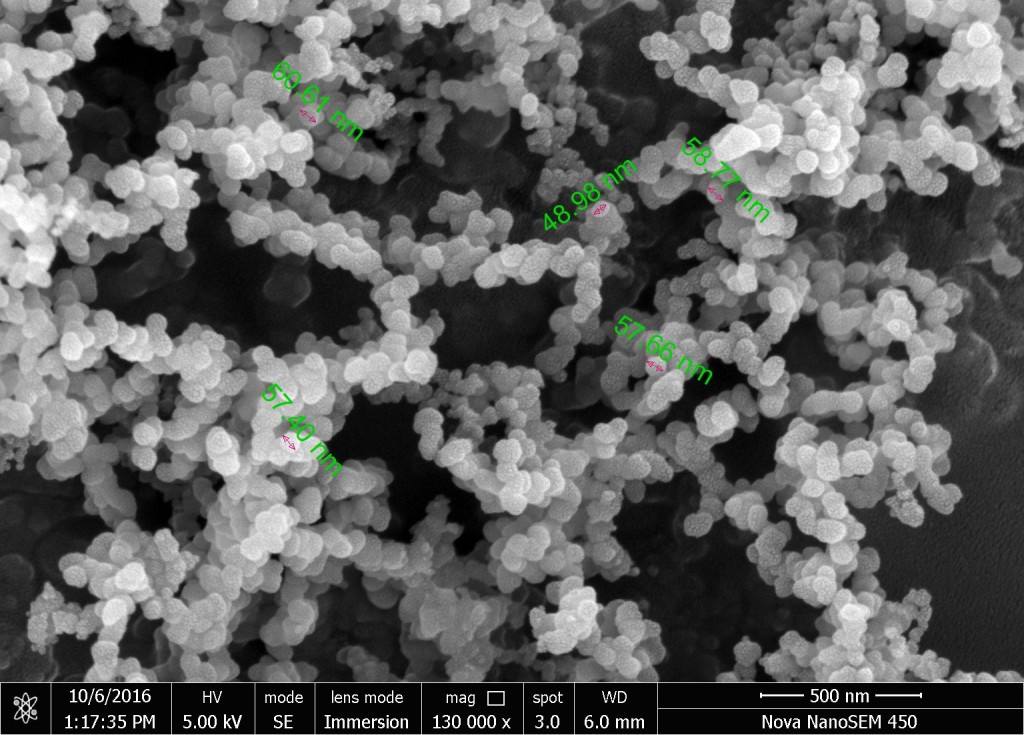NANOSYSTEMS: PHYSICS, CHEMISTRY, MATHEMATICS, 2017, 8 (6), P. 809–815
Fractal analysis – a surrogate technique for material characterization
M. S. Swapna – Department of Optoelectronics and Department of Nanoscience and Nanotechnology, University of Kerala, Trivandrum, Kerala, 695581, India; swapnams.opto@gmail.com
S. Sankararaman – Department of Optoelectronics and Department of Nanoscience and Nanotechnology, University of Kerala, Trivandrum, Kerala, 695581, India; drssraman@gmail.com
Fractal analysis has emerged as a potential analytical tool in almost all branches of science and technology. The paper is the first report of using fractal dimension as a surrogate technique for estimating particle size. A regression equation is set connecting the soot particle size and fractal dimension, after investigating the Field Emission Scanning Electron Microscopic (FESEM) images of carbonaceous soot from five different sources. Since the fractal dimension is an invariant property under the scale transformation, an ordinary photograph of the soot should also yield the same fractal dimension. This enables one to determine the average size of the soot particles, using the regression equation, by calculating the fractal dimension from the photograph. Hence, instead of frequent measurement of average particle size from FESEM, this technique of estimating the particle size from the fractal dimension of the soot photograph, is found to be a potentially cost-effective and non-contact method.
Keywords: fractals, FESEM, carbon nanoparticles, particle size, boxcounting.
PACS 81.05 U, 05.45.Df, 61.48.De, 81.20.Ka
DOI 10.17586/2220-8054-2017-8-6-809-815
